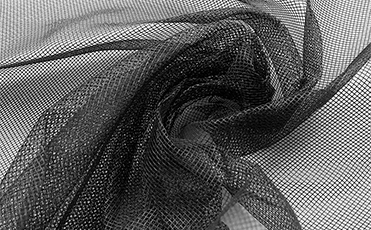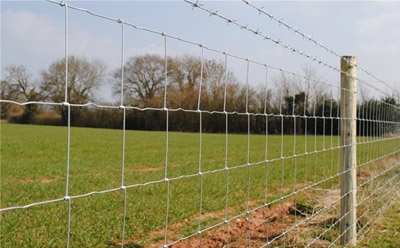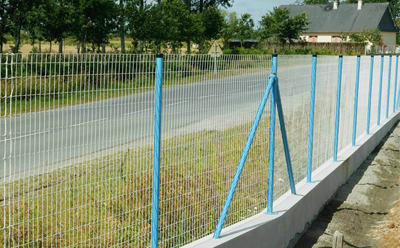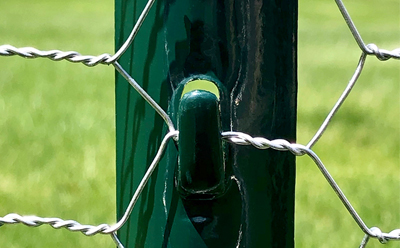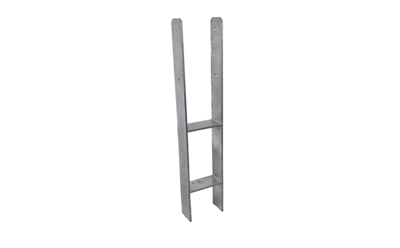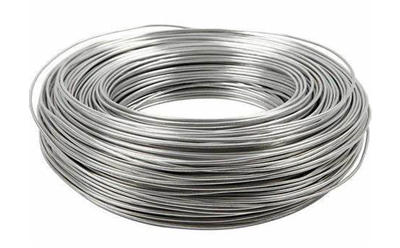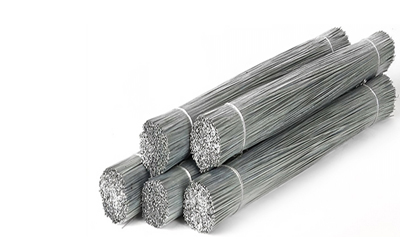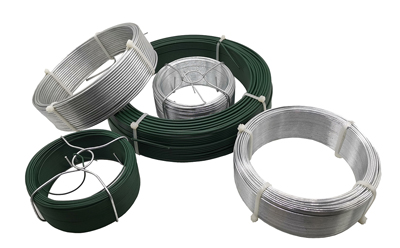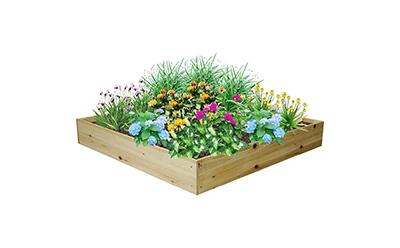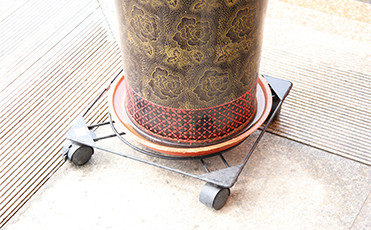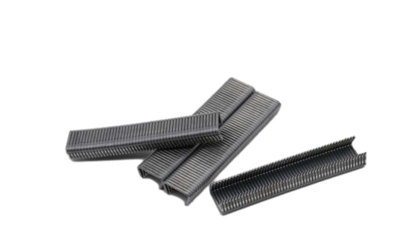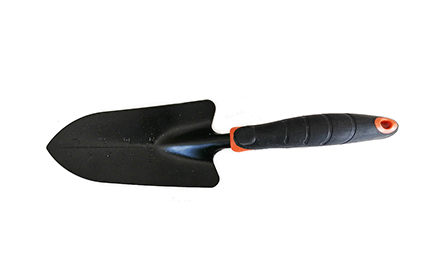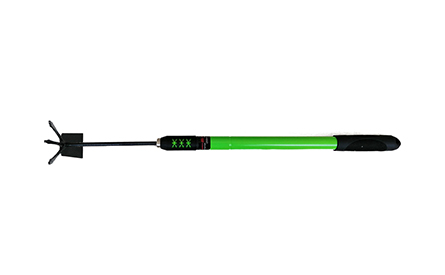Exploring the Importance of Vineyard Trellis Posts in Supporting Healthy Grapevine Growth and Production
Aug . 06, 2024 07:31Understanding Vineyard Trellis Posts The Backbone of Successful Grape Growing
When it comes to viticulture, the importance of vineyard trellis systems cannot be overstated. At the heart of these systems are the trellis posts, which serve as the backbone for supporting vines as they grow. These posts play a critical role in determining not only the health of the vines but also the quality of the grapes produced. In this article, we will explore the significance of vineyard trellis posts, the different materials used, and the innovative methods employed in modern viticulture.
The Role of Trellis Posts in Viticulture
Trellis posts serve multiple functions in a vineyard. They are primarily responsible for supporting the wire framework that holds the vine canes in place, ensuring that the plants grow upward and receive adequate sunlight and air circulation. This positioning is essential for maximizing photosynthesis and minimizing the risk of diseases caused by excess moisture. Additionally, trellis systems allow for better management of the canopy, which can lead to improved grape quality and yield.
The design of the trellis system varies depending on several factors, including grape variety, soil type, and climate. However, all successful trellis systems share the common goal of optimizing vine structure for increased productivity and fruit quality.
Materials Used for Trellis Posts
Traditionally, vineyard trellis posts were made from wood. While wooden posts remain a popular choice due to their natural aesthetics and ability to blend into the vineyard landscape, they do come with certain drawbacks such as susceptibility to rot and pest damage. This has led many vineyard owners to explore alternative materials.
vineyard trellis posts

Steel and galvanized metal posts have gained popularity for their durability and strength. These materials can withstand harsh weather conditions and have a longer lifespan compared to wooden posts. Additionally, synthetic materials such as fiberglass and recycled plastic offer a lightweight and robust alternative that is resistant to decay. Choosing the right material for trellis posts is crucial and depends on various factors, including cost, environmental impact, and longevity.
Innovations in Trellis Systems
In recent years, advancements in technology have spurred innovation in the design and implementation of vineyard trellis systems. One notable development is the use of tensioned wire systems, which allow for a more adaptable trellis structure that can accommodate the growth patterns of different vine varieties. This flexibility enhances vine training techniques, enabling growers to optimize grape quality and quantity.
Furthermore, precision viticulture technologies, such as drones and sensors, have revolutionized the management of vineyards. By using these technologies, growers can monitor vine health, soil moisture levels, and even detect pest infestations in real-time. This data can inform trellis management practices, ensuring that the vines receive adequate support while maintaining optimal conditions for grape development.
Conclusion
In conclusion, vineyard trellis posts are far more than simple wooden or metal structures; they are an essential component of a successful vineyard. The choice of materials, innovative designs, and modern technologies all contribute to the effectiveness of trellis systems in promoting healthy vine growth and high-quality grape production. As the world of viticulture continues to evolve, the role of trellis posts will undoubtedly remain central to the art and science of grape growing. By investing in proper trellis systems, vineyard owners can ensure that their vines thrive, yielding grapes that reflect the unique terroir of their region.
Copyright © 2025 Hebei Minmetals Co., Ltd. All Rights Reserved. Sitemap | Privacy Policy





